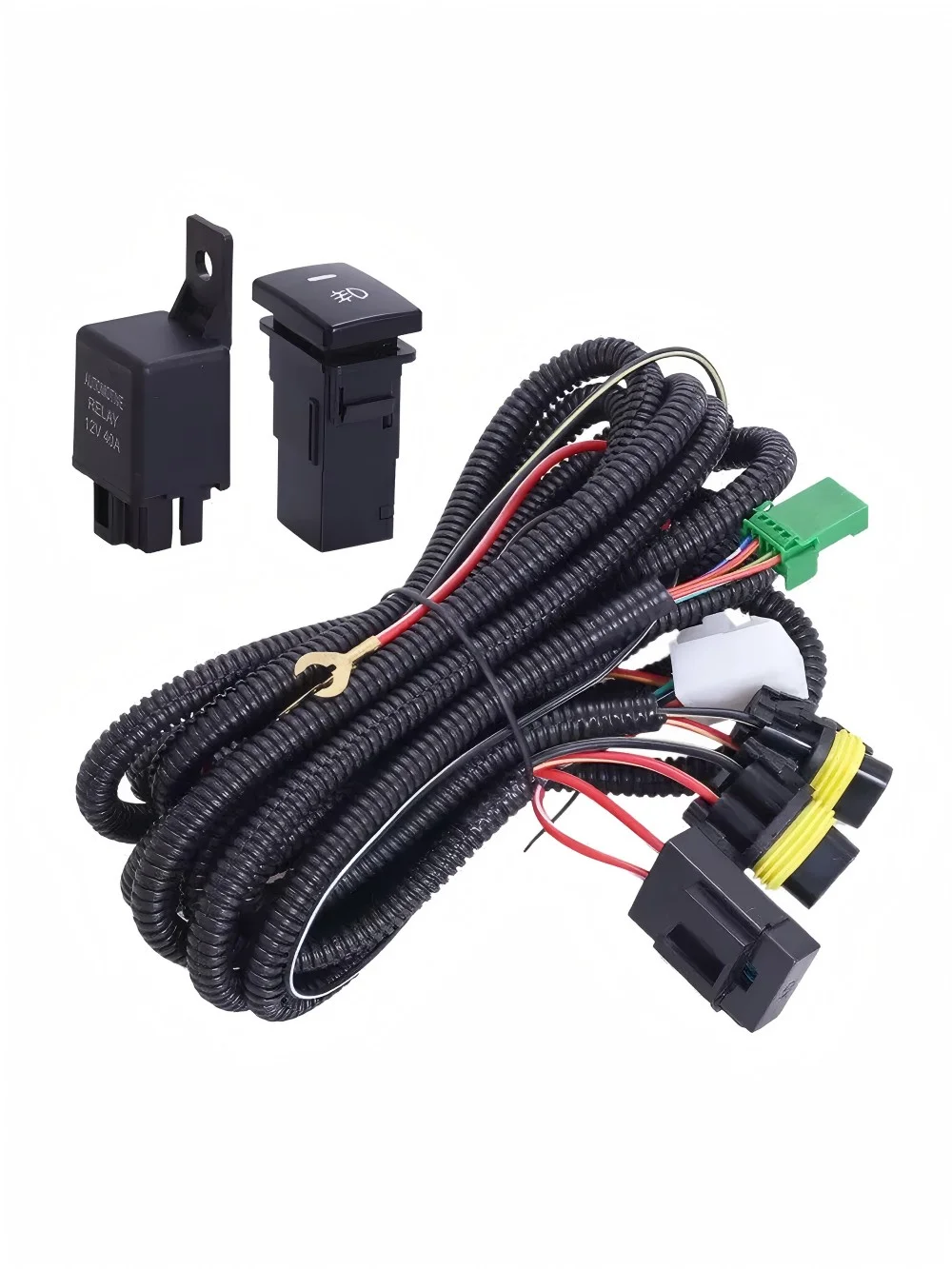Mastering Your Vehicle: A Comprehensive Guide on How to Reset Service Brake Assist
When it comes to vehicle maintenance, few systems are as critical as the braking system. Among the various components that ensure your safety on the road, the Service Brake Assist feature plays a pivotal role. This advanced system is designed to enhance braking performance, particularly in emergency situations. However, like any sophisticated technology, it can sometimes require a reset. In this article, we will delve into the intricacies of how to reset the Service Brake Assist, ensuring you can confidently maintain your vehicle's safety features.
Understanding Service Brake Assist
Before we dive into the reset process, it’s essential to understand what Service Brake Assist is and how it functions. This system is designed to detect emergency braking situations and automatically apply additional brake force to help reduce stopping distance. It utilizes sensors to monitor the driver's braking behavior and adjusts the brake pressure accordingly. However, various factors, such as system malfunctions, battery issues, or software glitches, can trigger a warning light on your dashboard, indicating that the Service Brake Assist needs attention.
Common Reasons for Service Brake Assist Activation
- Sensor Malfunctions: The brake assist system relies on various sensors to function correctly. If any of these sensors fail or become misaligned, it can trigger a warning.
- Low Brake Fluid Levels: Insufficient brake fluid can lead to reduced braking efficiency and may activate the Service Brake Assist warning.
- Electrical Issues: Problems with the vehicle's electrical system, such as a weak battery or faulty wiring, can interfere with the brake assist functionality.
- Software Glitches: Modern vehicles often rely on complex software to manage various systems, including brake assist. A software update or reset may be necessary to resolve any glitches.
Step-by-Step Guide to Resetting Service Brake Assist
Resetting the Service Brake Assist can often be accomplished through a series of straightforward steps. However, it’s crucial to approach this task with caution and ensure that you have the necessary tools and knowledge.
Step 1: Gather Necessary Tools
Before you begin, ensure you have the following tools:
- OBD-II scanner (for vehicles equipped with onboard diagnostics)
- Owner’s manual (for specific instructions related to your vehicle model)
- Basic hand tools (if mechanical intervention is needed)
Step 2: Check for Warning Lights
Start your vehicle and observe the dashboard for any warning lights. If the Service Brake Assist light is illuminated, it indicates that the system requires attention. Make a note of any other warning lights, as they may provide additional context for the issue.
Step 3: Inspect Brake Fluid Levels
Open the hood and locate the brake fluid reservoir. Check the fluid level and ensure it is within the recommended range. If it’s low, top it up with the appropriate brake fluid as specified in your owner’s manual.
Step 4: Use an OBD-II Scanner
If the warning persists, connect an OBD-II scanner to your vehicle’s diagnostic port. This tool will read any trouble codes stored in the vehicle’s computer, providing insight into the specific issue affecting the Service Brake Assist. Follow the scanner's instructions to clear any codes related to the brake assist system.
Step 5: Perform a System Reset
Many vehicles allow for a system reset through the OBD-II scanner. After clearing the codes, navigate to the reset function and follow the prompts. This process may vary by vehicle, so refer to your owner’s manual for specific instructions.
Step 6: Test Drive the Vehicle
After completing the reset, take your vehicle for a test drive. Pay attention to the braking performance and monitor the dashboard for any warning lights. If the Service Brake Assist light remains off and the brakes function normally, the reset was successful.
When to Seek Professional Help
While many drivers can reset the Service Brake Assist on their own, there are instances when professional assistance is warranted. If the warning light reappears after a reset, or if you notice any unusual braking behavior, it’s crucial to consult a qualified mechanic. They can perform a thorough diagnostic to identify underlying issues that may require specialized tools or expertise.
Conclusion
Understanding how to reset the Service Brake Assist is an invaluable skill for any vehicle owner. By following the steps outlined in this guide, you can ensure that your braking system remains in optimal condition, enhancing your safety on the road. Remember, regular maintenance and prompt attention to warning lights are key to keeping your vehicle running smoothly. If in doubt, don’t hesitate to seek professional assistance to ensure your vehicle’s safety systems are functioning correctly.


